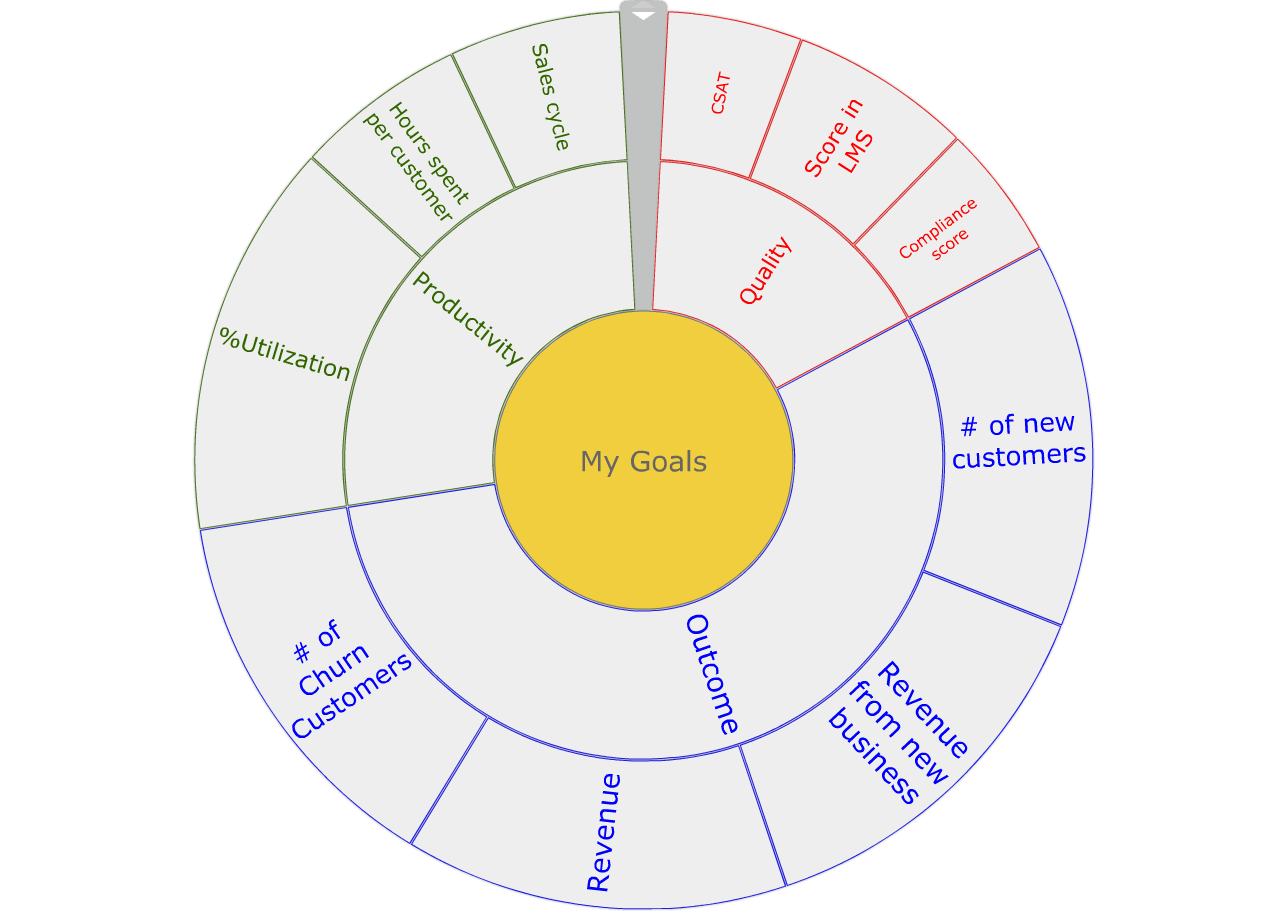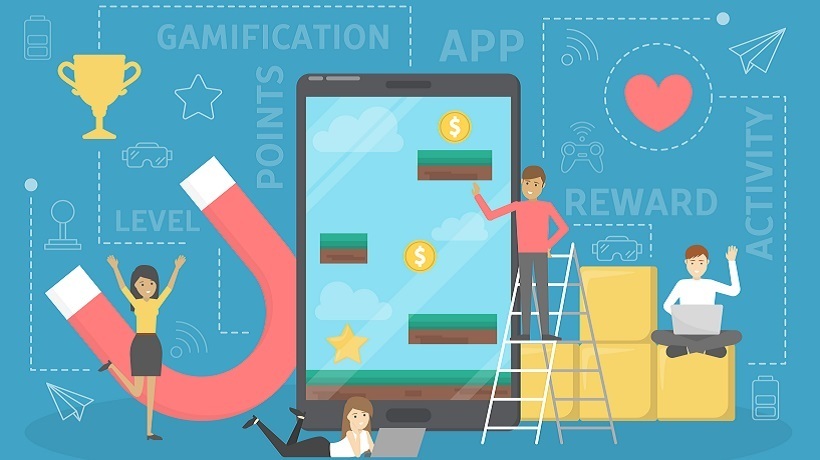Gamification Implementation Emulates Successfully A Corporate Performance Management
Performance Management Systems Motivate Managers Well. Employees are Often Left with No Effective Performance Management. Yet, the same process and detailed encouragement to hit targets is, in most cases, completely absent from the lives of lower level employees.
Gamification implementation can emulate successfully, a corporate performance management system, and align the employee well.
Imagine a trucking company.
Let’s think about how its managers are engaged in meeting corporate goals. They are presented with the business strategy and the goals. Let’s say the company has decided it should invest in better customer service, focus on a certain region and resolve a history of safety issues that are mostly related with too many hours of driving. Additionally, the company would like to better control its fuel expenditures by having trucks rest during rush hour traffic.
For over a decade, many enterprises have practiced engaging managers with corporate business strategy and goals. Managers undergo a process to acquaint them with the business strategy (often achieved with the use of learnification strategies) after which KPIS and targets are set, together with scorecards (to provide feedback) and recognition mechanisms. Management achievements are then reviewed, discussed and rewarded in ritualized quarterly business reviews and more. This process of translating the business strategy into measurable goals for each manager is crucial to a well-functioning enterprise.
Now let’s think about the non-managerial employees in the trucking company: the drivers.
They are also tracked and measures– but they are presented with simpler goals, quotas perhaps. For instance, they are told how their customer service was perceived by customers. Or they are penalized for safety breaches. Or their work hours are managed so they don’t drive during rush hour. They certainly have some mileage quota they are measured by. However, these rules, presented as a series of “do” and “don’ts” and thresholds may have a suboptimal effect – since they don’t communicate corporate objectives well.
We must ask ourselves whether the trucking company can do a better job at driving its employees’ performance. Could it achieve a better outcome if it used tools that are closer to corporate performance management? The answer is positive.
Actually, I spoke to a trucking company today. They are considering gamification, on drivers’ smartphones, to drive the same value. They are using gamificaiton to help employees understand corporate objectives and better perform. They realized this was a need since in their business, just like in many others, KPIs do and cannot stand alone, but rather require difficult balancing. Driving many hours to serve customers better can create safety issues. So, instead of presenting a stiff set of rules, the company decided to gamify truck drivers’ performance in a way that is similar to corporate performance management for its managerial levels. In this case, business alignment is represented by game rules, which, in turn, provide a clear call to action. Combining this with narrative based gamification (using sports, for instance, as a metaphor) makes this fun and challenging. This also lets the company combine sporting event style scoreboards, to provide real time feedback, and encourage improvement and accomplishments. Using the sports narrative, the trucking company integrated races, games and competitions, together with leaderboards and other gamified public rituals (such as fantasy sports gamified narratives) to provide employees the recognition they deserve.
Gamification facilitates the trickling down of business agendas and goals to every employee in a non-intrusive fashion, making it part of the daily routine. Instead of trying to convey to your employees what the organization is striving for using antiquated techniques, you let the game guide them seamlessly towards personal achievements that contribute to the business and to their own success.
You can combine fun and business objectives together, to achieve higher employee engagement and better alignment with corporate objectives.









